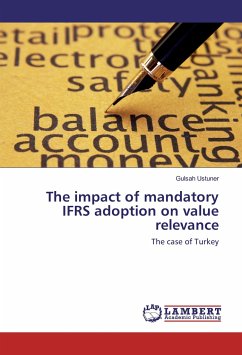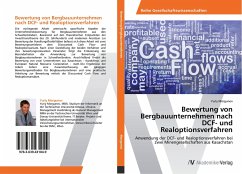Before making decisions on buying, keeping or selling particular shares, investors build models and make calculations in order to justify those decisions. In the process of estimating the intrinsic value of an investment, investors mostly decide to apply the Discounted Cash Flow (DCF) approach, which is one of the oldest and dominant methods for valuing companies and their shares. However, in the last decades, innovative new techniques such as the real options theory appeared in the literature. The question arises: can these modern alternative methods take the place of DCF in investor decisions? In this book, we describe the DCF approach and the real options theory in details, concentrating on the problems of practical application and the empirical relevance of these methods. After analysing the pros and cons, the final conclusion is drawn: although modern techniques may offer an alternative solution in some cases, it is undisputable and empirically proven that the Discounted Cash Flow approach is still the most authentic company valuation method.
Bitte wählen Sie Ihr Anliegen aus.
Rechnungen
Retourenschein anfordern
Bestellstatus
Storno








